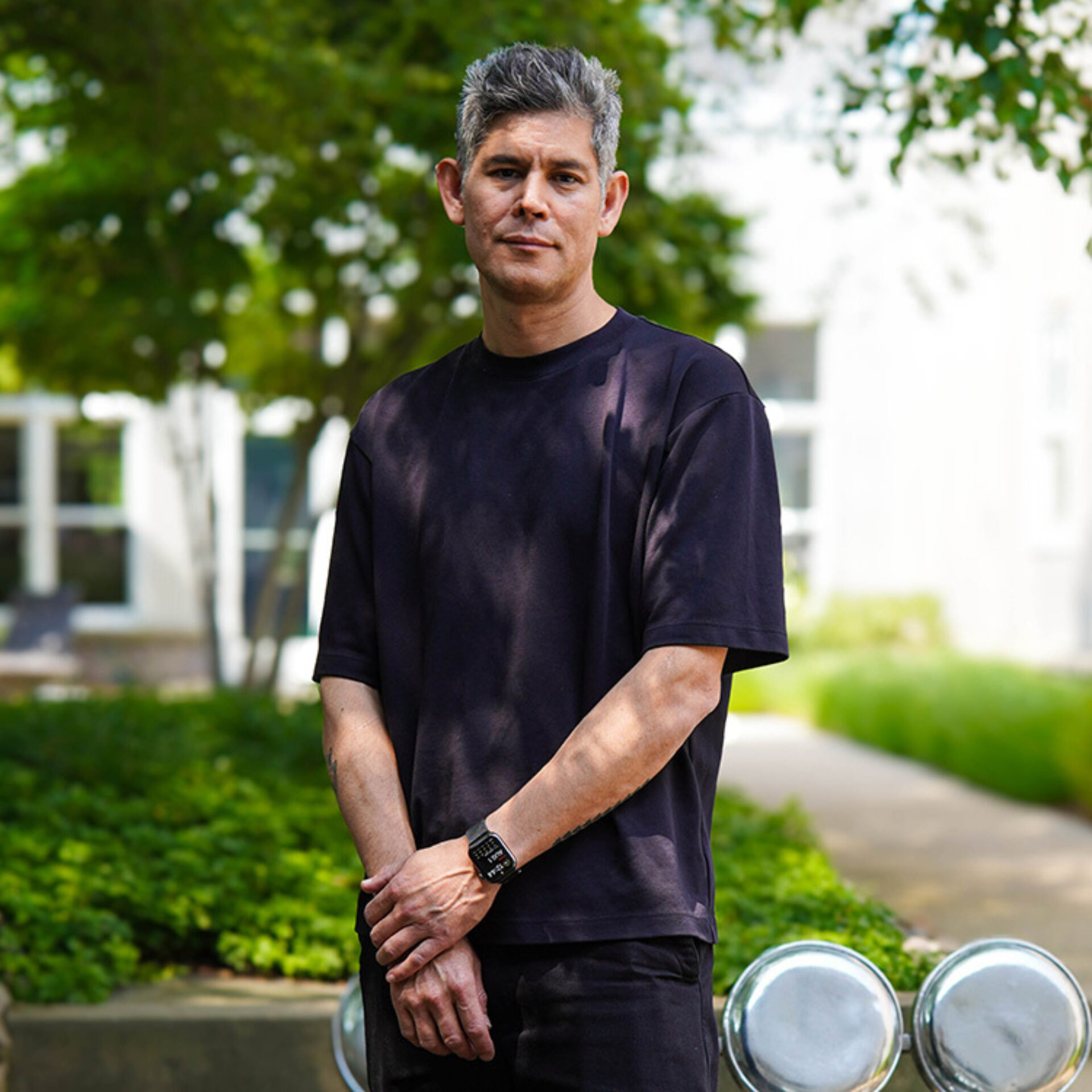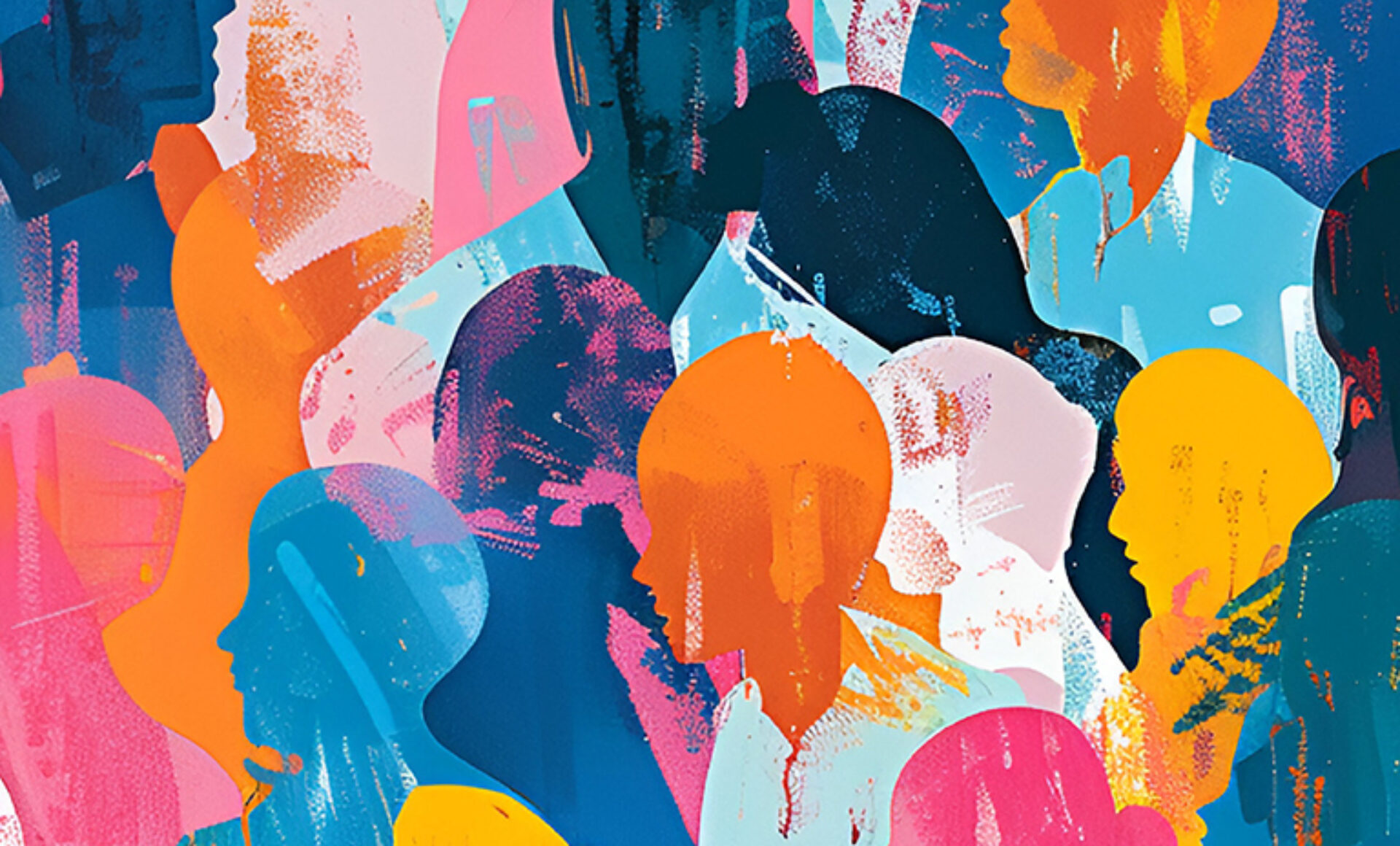This article is part of an ongoing profile series spotlighting IIDA industry members.
Meet Chris Leong, Vice President of Interiors at MillerKnoll
What core values are most important to you as a leader, and how do you ensure they are embedded in the company culture?
The three core values most important to me as a leader are curiosity, generosity, and rigor. Curiosity fuels design — it’s the belief that there are always new ideas, perspectives, and possibilities waiting to be uncovered. It keeps our work alive and evolving. Generosity defines how we collaborate. Design is never done alone; it depends on openness, sharing knowledge, and embracing diverse viewpoints. This spirit of generosity creates trust and strengthens teams. Rigor ensures that our ideas are carried through with discipline and depth. Great design requires persistence and a commitment to refining solutions until they achieve clarity and elegance.
Can you share a pivotal moment for you in your career?
One of the most pivotal moments in my career came in 2014, when Leong Leong — the practice I co-founded with my brother — was invited to design the U.S. Pavilion at the Venice Architecture Biennale. The exhibition, OfficeUS, asked what the future of the workplace could be within the Biennale’s theme directed by Rem Koolhass, Fundamentals of Architecture.

We transformed the neoclassical pavilion into both an exhibition and a functioning office. A massive table cut through the building, each room staged as a different mode of collaboration, while the walls became an archive of 1,000 projects from a century of American practice. We collaborated with Herman Miller on the project and they provided much of the furniture for the workspace. Eight residents worked daily from the pavilion, connecting with a global network of architects, engineers, and consultants.
For a firm only five years old at the time, it was a formative project — an opportunity to do a project for an international audience and synthesize history, workplace design, and speculative futures into one coherent vision.
What is the legacy you or MillerKnoll hope to leave?
MillerKnoll may be a young company, but it stands on the shoulders of two of the most storied brands in design. My hope is that MillerKnoll will be recognized as the world’s leader in design, not only for our iconic products but for the ways we use design to shape culture and improve lives.
That legacy, to me, is twofold. First, it’s about sustaining and evolving a platform that unites some of the most forward-thinking brands in the world. Second, it’s about ensuring our mission — designing for the good of humankind — translates into real impact. That means advancing innovation, leading in sustainability, and addressing the urgent challenges of our time.
As an architect, I’ve always believed design has the power to influence culture. The work of figures like Charles and Ray Eames, Florence Knoll, Eero Saarinen, Don Chadwick, and Bill Stumpf has already transformed how we live and work. Looking ahead, I hope MillerKnoll’s legacy is one of leadership through design: pioneering ideas that serve people, strengthen communities, and shape a better future.
What big goal have you or MillerKnoll set for the next 3-5 years?
At MillerKnoll, one of our most important goals is to be recognized as the global design leader that sets the standard for driving positive change. For my team, that means creating inspiring environments — showrooms, workplaces, retail spaces, and exhibitions — that reflect our vision and demonstrate how people can live and work better together.
Our own workplaces are central to this ambition. They serve both as resources for our people and as living laboratories where we put ideas into action. As we rethink the future of work, we are designing spaces that foster collaboration, support diverse ways of working, and help our teams thrive. This gives us the opportunity to model solutions to the same challenges our customers face. Most recently, we completed a new MillerKnoll workplace and reception in our Chicago flagship, which opened this June during Design Days. This project reflects the evolution of our ideas around the workplace, shaped directly by how our associates and teams work together. Complementing theses spaces are new exhibitions including Manufacturing Modern that highlights our design legacy, and A Million Choices that showcases our commitment to sustainability.
Another major goal is expanding and elevating our retail presence. We’re opening more DWR (Design Within Reach) and Herman Miller stores, with the ambition of making them some of the most inspiring and sustainable retail spaces in the world — all aligned with our company’s goal of reaching net-zero carbon by 2050*.
What’s one big inspiration — or passion — that you think everyone should know about?
I love to travel and experience architecture firsthand. There’s something about being in a place — seeing it, feeling it — that sparks revelations you simply can’t get through photographs. One of the most impactful projects I’ve visited is the SESC Pompéia Factory in São Paulo, Brazil, designed by the renowned architect Lina Bo Bardi in 1982.
What makes this project extraordinary is its role as both a social and community center, created through the adaptive reuse of a former drum factory. The building is alive with multigenerational activity — people gathering, playing, and using the space in countless ways. Its power lies in its simplicity. Bo Bardi once said, “There is pleasure in the victory and wonder of being simple,” and this project embodies that ethos.
Instead of erasing the existing factory, which was already serving the community in vibrant ways, she preserved it. With limited site area left for recreation, her ingenious solution was to create two concrete towers connected by aerial walkways — essentially “vertical playing fields.” The result is both radical and straightforward, offering new possibilities while respecting what was already there.
For me, the project is a profound lesson in reinvention: the idea that you can do so much by working with what you already have.
*Our net-zero commitment is subject to factors that are partly outside our control, including our value chain’s ability to reduce their Scope 1 and 2 emissions (and therefore MillerKnoll’s Scope 3 emissions) by 2050. In light of this, MillerKnoll is committed to achieving net-zero by 2050 and will continue to engage with stakeholders across our value chain to support them in their efforts to become net-zero by 2050.
Chris Leong, AIA, is Vice President of Interiors at MillerKnoll, where he leads the global design strategy for showrooms, retail environments, workplaces, and exhibitions across the company’s collective of brands — including Herman Miller and Knoll. He is also a founding partner of Leong Leong, an internationally recognized architecture studio and design consultancy based in New York City. Chris is currently a Part-time Lecturer at Parsons School of Design. He has lectured internationally on design and has held invited faculty positions at Columbia University, Cornell University and Massachusetts Institute of Technology. Chris is a registered architect in New York.


